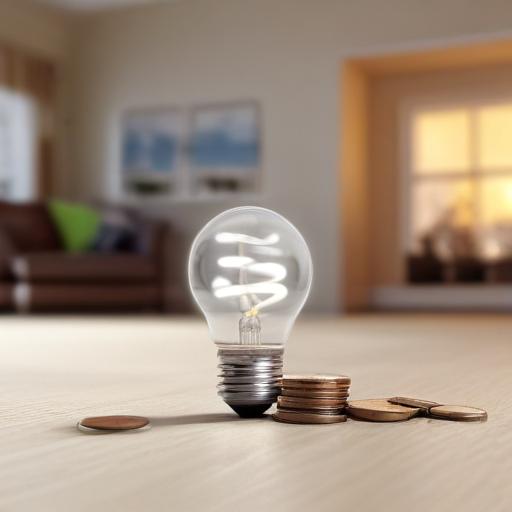As spring blossoms and temperatures climb, many Americans are feeling the strain of increased utility costs. A recent survey indicates that over 78% of U.S. adults are worried about their energy bills. Fortunately, there are numerous strategies to help homeowners conserve electricity, gas, and water while keeping expenses in check.
Even minor adjustments can yield significant savings. Simple practices like unplugging unused electronics, modifying laundry habits, employing energy-efficient appliances, and adjusting your thermostat are effective ways to lower bills and enhance home efficiency.
Here are eight actionable steps you can implement to start cutting costs:
1. **Conduct an Electricity Audit**: Many electric companies provide complimentary energy audits to pinpoint areas of energy waste in your home. You can take the advice offered to help minimize your electric bill. If a free audit isn’t available, consider a DIY audit using guidelines from the U.S. Department of Energy.
2. **Adjust Your Thermostat**: By setting your thermostat to be warmer in the summer and cooler in the winter, you can save up to 10% on heating and cooling expenses, according to the Department of Energy. Smart thermostats can make this process easier by automatically adjusting temperatures during off hours.
3. **Lower Water Heater Temperature**: Most households only require their water heater set to a maximum of 120 degrees Fahrenheit rather than the typical 140 degrees. This easy adjustment can result in significant savings over the year.
4. **Turn Off and Unplug Unused Devices**: Leaving devices plugged in can unnecessarily inflate electric bills due to phantom energy. Simple actions, such as turning off lights when not in use and unplugging appliances, can add up to substantial savings.
5. **Utilize Your Dishwasher**: Surprisingly, modern dishwashers are more efficient than washing dishes by hand. They consume less water per load, making them a better choice for saving resources.
6. **Consider Off-Peak Rates**: Many electricity providers offer lower rates during off-peak times. Scheduling energy-intensive tasks like laundry or dishwashing for these times can lead to lower utility costs.
7. **Replace Air Filters Regularly**: Changing air filters as recommended can enhance HVAC efficiency by 5% to 15%, reducing energy needs.
8. **Explore Additional Saving Strategies**: Beyond these steps, the Department of Energy provides a wealth of free tips for cutting energy usage. Many suggestions require little to no investment but promise long-term savings.
With a proactive approach to energy use, homeowners can navigate rising utility costs more efficiently, keeping budgets manageable while contributing positively to environmental sustainability. By adopting these strategies, individuals not only save money but also play a part in promoting energy efficiency in their communities.
